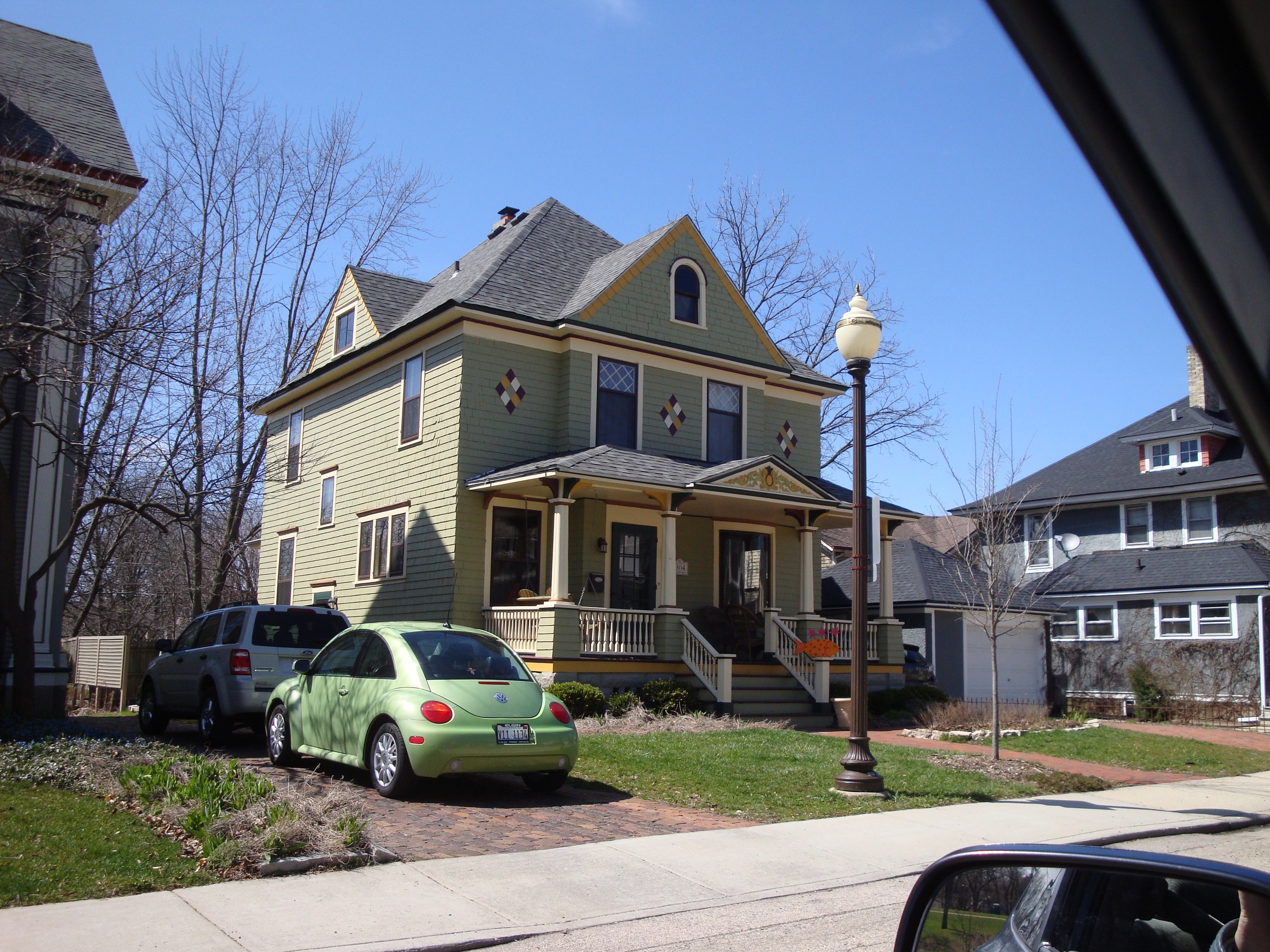12 RUGBY PLACE
HISTORIC SIGNIFICANCE
In 1903 Thomas Tefft sold the lot at 12 Rugby Place to a widow, Katheryn Ryan, for $3,500. The following year, Mrs. Ryan had the house at 12 Rugby Place built. Mrs. Ryan and her son, Roy, lived at this home for a short time, selling it in 1914 to Dunbar and Grace Vollor for $4,800. Dunbar was working for the Home National Bank for many years and he was also a bookkeeper for the firm Vollor & Company, which was a chewing gum manufacturer at that time. The Vollors had a daughter, Madeline, who stayed in the home, after her parents passed, until 1935 when she sold the home to T. Arthur and Lillian Larsen.
T. Arthur was an educator for 40 years at the Elgin High School, joining in 1908 as a math and science teacher. While there, he was heavily involved in the football and baseball programs. In 1924 he was made the assistant principal of the Elgin High School, a position he held until he retired in 1945. In 1935, in an economic move, the school board decided it would retire the current high school principal, replace him with the principal of Abbott School and offer Larsen a contract as a teacher and department head. The high school students had an intense loyalty to "T.A." and went on strike for two days. They demonstrated at Abbott School, downtown, at the watch factory and in Gifford Park. Two thousand attended an evening demonstration at Maroon Field. The embarrassed school board rescinded its decision and the students returned to school the next day.
When plans were made to build another junior high school, officials chose his name for the school, Larsen Junior High School, on Dundee Avenue. The school opened in 1951, however, Larsen died a short time before.
Mrs. Larsen, who eventually retired from teaching at the Abby Wing grade school, remained in the home until the early 1970's.
ARCHITECTURAL SIGNIFICANCE
12 Rugby Place is a post-Victorian vernacular with Colonial Revival influences. Built in an asymmetrical plan, it has square-cut shingle siding. Note the pediment over the front porch, with unique clustered Tuscan columns supporting the porch roof. The porch has a rusticated stone foundation. On the north side is a two-story bay with a projecting gable, and multiple dormers that provide more interest. While looking at the porch, note the curved glass window bay and the cut leaded glass vestibule door. The home recently underwent restoration in 2014 receiving an intricate paint scheme.
TIMELINE OF PREVIOUS OWNERS
Sources: 1988 Heritage Plaque Application; Audio: TextAloud





